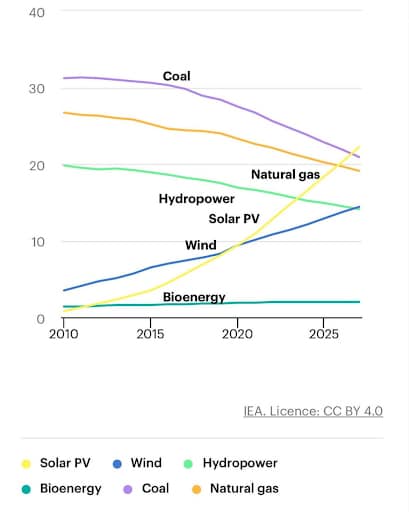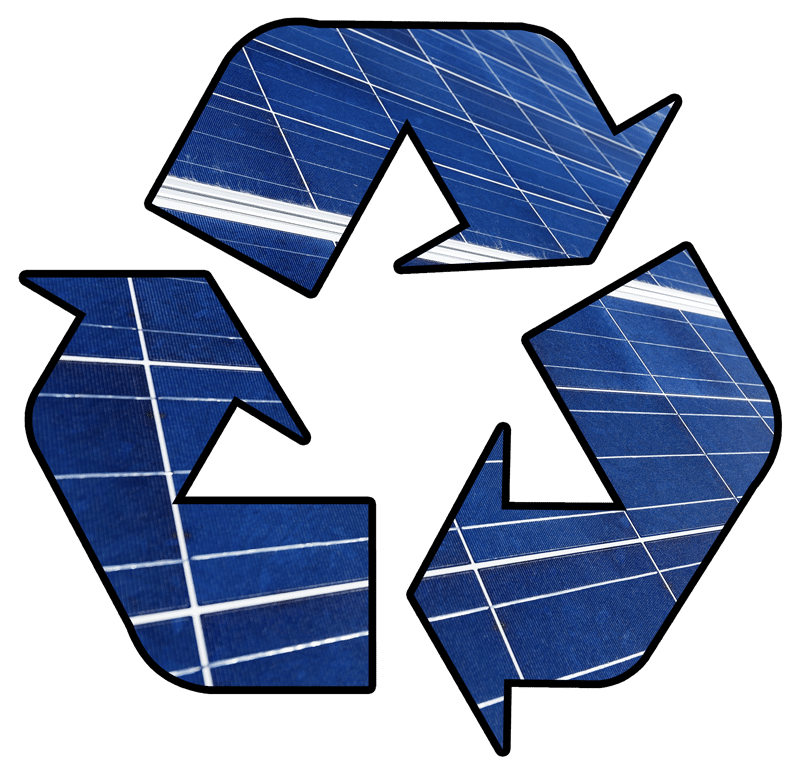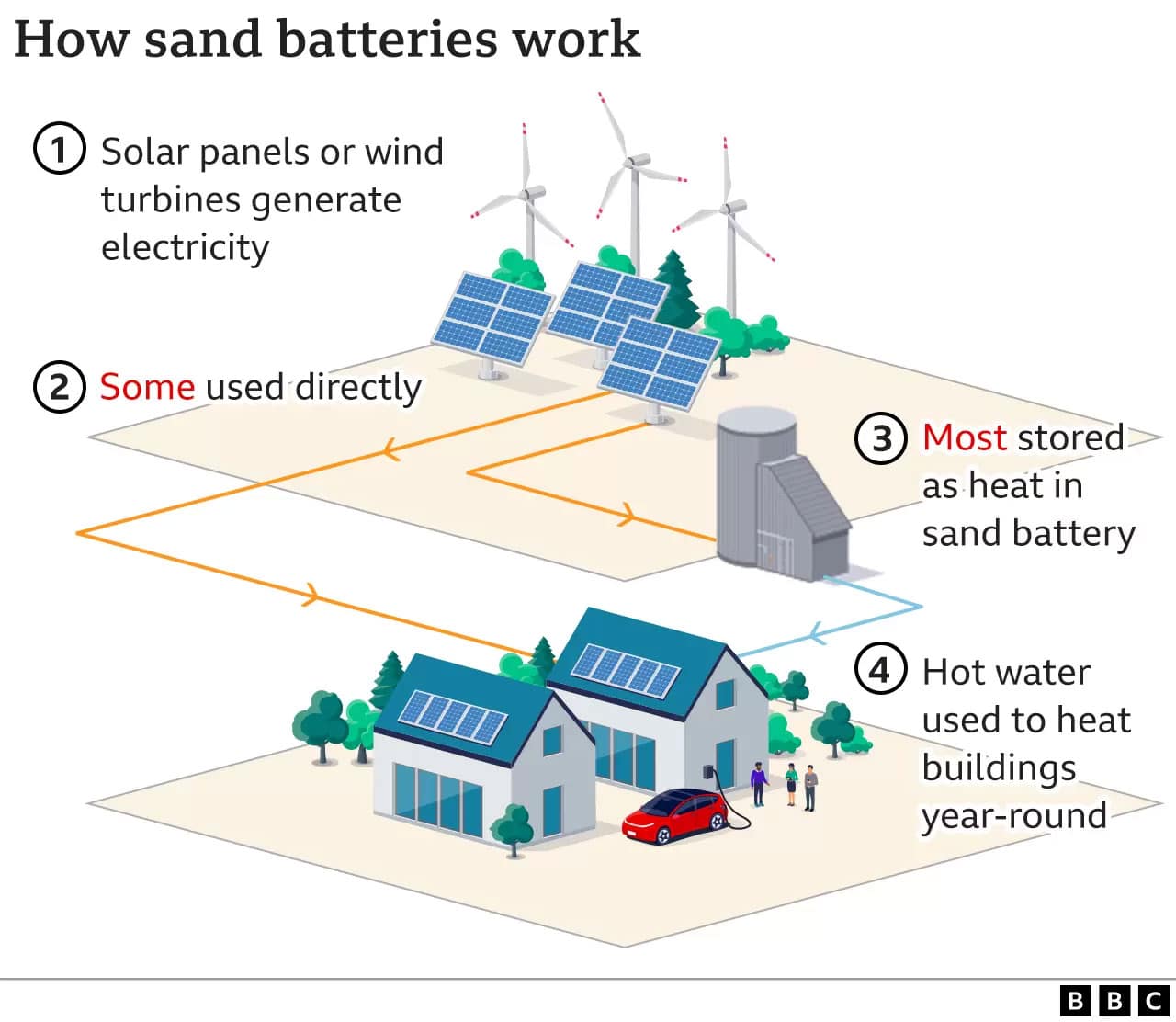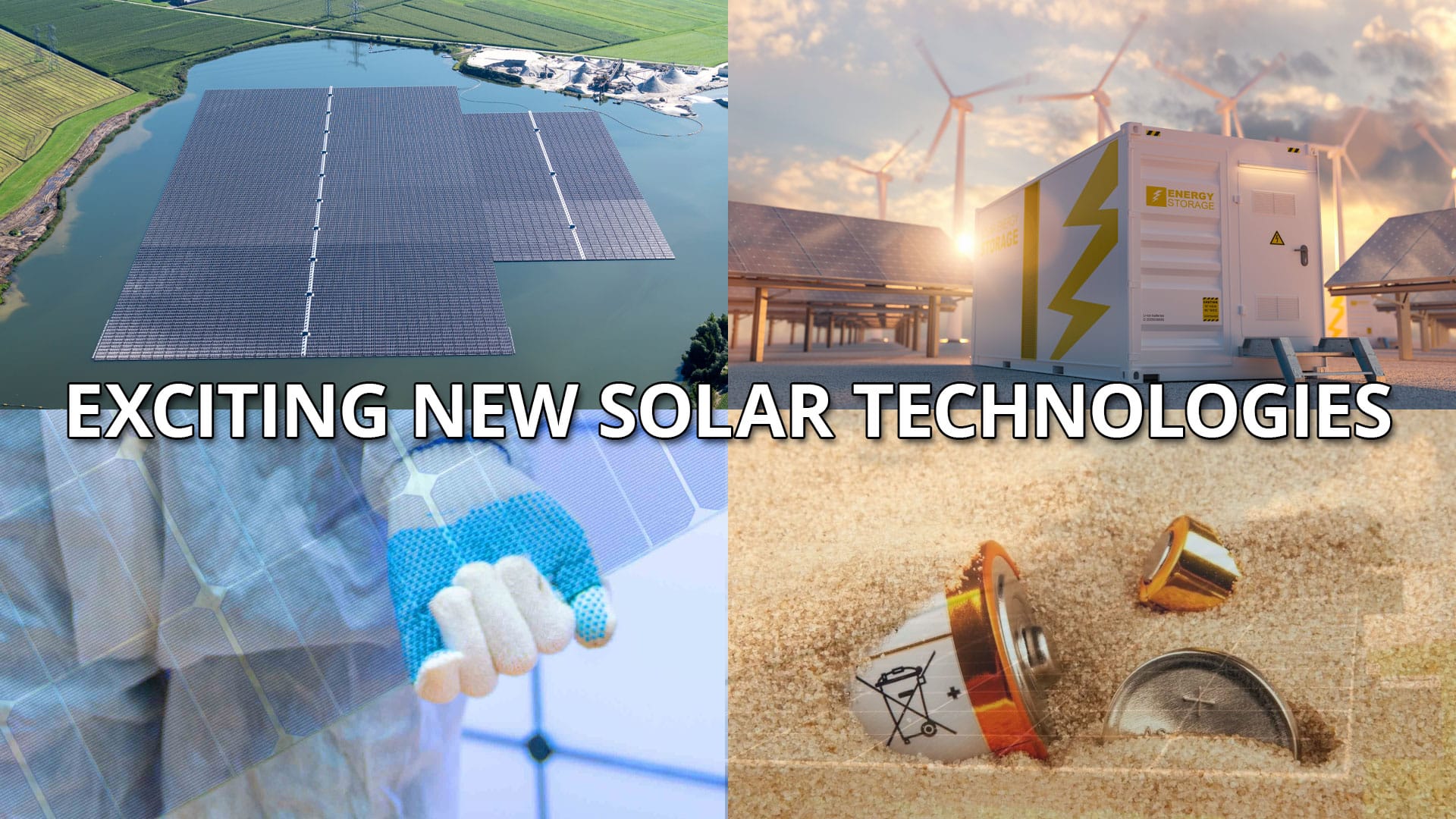Exciting New Solar Technologies
 The Solar Industry’s Continued Global Expansion
The Solar Industry’s Continued Global Expansion
2022 has been an unprecedented year for the solar industry. This year, the solar industry experienced a record 47% growth in global solar capacity additions fueled by favorable economics. A new solar system’s levelized cost of electricity is now over 50% cheaper than a new coal plant. Despite facing supply chain issues and material shortages, the solar industry’s outlook is looking stronger than ever, and it’s expected that solar will be the fastest growing energy sub segment in 2023, with demand set to increase 20-30%.
The IRA: A More Profound Investment Than Expected
Additionally, in the US, analysts report that the Inflation Reduction Act will have a far more profound effect across industries than expected. A report published by the investment bank Credit Suisse claims that the IRA will likely invest twice as much as Congress originally predicted since its incentives for clean energy and electric vehicles are uncapped. The bank predicts that so many people and businesses will use these tax credits that the IRA’s total spending is likely to be more than $800 billion, double what the Congressional Budget Office projects. And because federal spending tends to catalyze private investment, that could send total climate spending across the economy to roughly $1.7 trillion over the next 10 years, which is significantly more money flowing into green energy industries than the government imagined.
Technologies That Support Growth
These vast investments into clean energy are exciting, but what new technologies will support the solar industry’s continued growth in 2023 and beyond?
 Recycled Silicon
Recycled Silicon
Solar’s environmental benefits (along with falling costs) are a major appeal for consumers, but knowing what to do when panels reach the end of their life is becoming an increasingly important question. Currently, about 95% of all solar production arises from silicon-based technology, which has thus far been a challenge to properly recycle. New advancements from a group of German researchers is changing this, the upside of which is potentially huge.
The researchers have developed solar cells made from 100% recycled silicon with an efficiency rating of 19.7%. What’s more, the silicon recovered from end-of-life silicon panels can be recycled regardless of panel type, make, or origin. The ability to effectively recycle silicon panels is exciting because it combats waste and creates new markets for end-of-life solar products. Additionally, it creates new streams of raw materials for panel manufacturing that does not require mining silicon from the earth.
 Sand Batteries
Sand Batteries
Energy storage is critical for the clean energy transition, but unfortunately today’s batteries don’t tout the same environmental benefits as the clean energy they store. The majority of batteries today require rare earth metals, such as lithium, that are often mined in conflict regions. Taking these metals out of the equation would be a major step towards making batteries both cheaper and more sustainable.
Researchers across the globe are working to address this issue. In Finland, two young engineers became the first to successfully rig sand to a commercial power station. The friends were looking for an affordable way to store clean energy through the winter, and landed on sand after discovering its surprisingly high potential for energy storage. The sand battery is relatively simple: a tall, gray tower is filled with low-grade sand and charged up with the heat from excess solar and wind electricity. The sand can store heat at around 500C for several months, providing a valuable store of cheaper energy during the winter. The engineers chose sand because it’s available nearly everywhere in the world, and the quality of the sand is not an important factor. This means that sand batteries can be replicated almost anywhere without having to mine any rare materials from the earth, making it a cheap and sustainable alternative to today’s batteries.
Floating Solar Farms
Countries with limited available land mass are turning to floating solar farms to meet net-zero pledges. When these solar energy systems are installed on the water, land can be left free for agricultural activity. In addition, floating solar farms benefit from higher efficiency due to the cooling effect of the water, reduced evaporation, less shading on the panels, reduced interconnection costs, and less civil work. Research shows that installing floating solar panels on just 10% of the world’s hydropower reservoirs could add 4TW of electricity generation — equivalent to the total fossil fuel capacity worldwide. Large-scale floating solar farms are currently taking off in Asia, powering millions of homes from rivers and lakes. Taking advantage of the unused surface of reservoirs and lakes may therefore be key to providing sufficient solar energy to the entire planet.
Enabling the Energy Transition
Many other new technologies are in development to make solar and battery storage more available, sustainable, and affordable. A revolutionary solar cell known as perovskite cells may one day entirely replace silicon cells. Soil batteries, like the sand ones previously discussed, may also create a suitable alternative to lithium batteries. Transparent solar panels may one day replace windows and generate electricity to power buildings in major cities and off-grid homes alike. A combination of all these emerging technologies, and many more, will support the solar industry’s boundless growth and enable the planet to fully make the energy transition as quickly and seamlessly as possible.
Do your part by going solar with NATiVE Solar
#TakeYourPowerBack.

































I would like estimate on solar battery. I already have 50 panel system installed by you at end of 2018.
Hello Irene, We will be in touch with you soon to discuss your options.
[…] Solar Technology Continues to Improve New solar technologies are capturing more and more of the sun’s rays. The National Renewable Energy Laboratory has […]